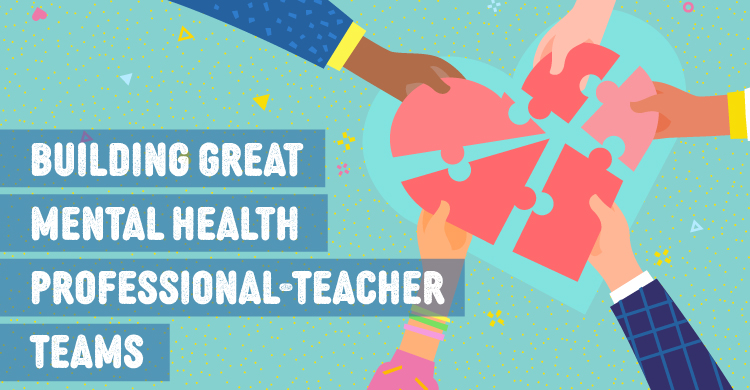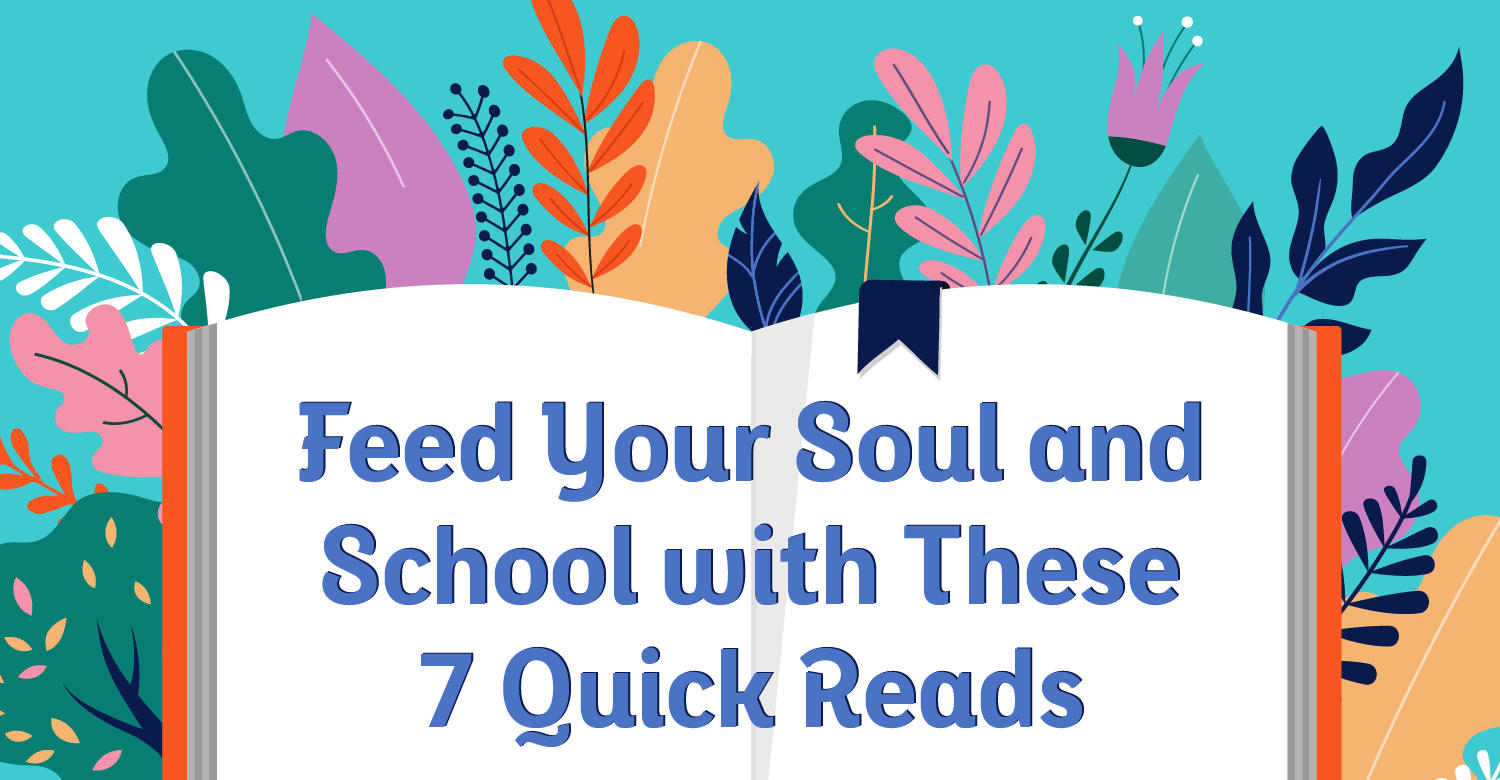Teaching is no doubt a daunting task. Teachers need to regularly ask themselves, “Does serving my students on a daily basis energize or exhaust me?” If the latter, your professional situation may not be sustainable, leading to dissatisfaction and decreased morale, and the potential for leaving the profession altogether (Garcia and Weiss 2019). Whether exhausted or energized, teachers who team with their building’s mental health professionals best ensure a comprehensive approach to teaching and learning with maximum capacity to best support student success.
Mental health professionals’ roles in the school and classroom are often unclear or misunderstood. This is compounded by the fact that their roles vary greatly across developmental levels. However, the common thread binding mental health professionals together is their persistent focus on removing barriers for students to be academically successful and receiving direct classroom instruction to the maximum degree possible. Common barriers may include social skills, cognitive skills, or the home environment. These barriers have manifested in increasing ways during the pandemic. Unpredictable schedules, for example, have negatively impacted many students’ stress and anxiety levels, and overall mental health. Some students internalize these emotions, which may result in depression, withdrawal, or irritability. In some cases, this may go unnoticed by educators. However, in other cases, externalizing behaviors become evident, such as outbursts in the classroom, physical violence, or bullying behaviors that disrupt learning and the classroom environment. The teacher must respond to these disruptions. Yet, dealing with these unwanted behaviors often leads to a power struggle between the teacher and dysregulated student, meaning the student is not able to control their emotions in that moment. Mental health professionals such as school counselors, school psychologists, or social workers can be invaluable in de-escalating power struggles that are often extensions of externalizing behaviors. Moreover, they can provide direct supports in the classroom when appropriate by supporting the teacher and/or student.
Communication is key
Students who present externalizing behaviors on a regular basis often receive Tier III interventions by the mental health professional in the building. Typically, there is some communication between the mental health professional and teacher; however, the student will benefit from a team approach where the mental health professional and teacher purposefully work together as a team. Research has shown numerous approaches that are effective in reducing power struggles in the classroom. This book addresses several of those approaches. The mental health professional-teacher team should be consistent in its interactions with a student presenting externalizing behaviors. Students generally have something that will trigger them in the classroom that leads to dysregulation. This could be as simple as another student accidentally bumping their chair and they immediately misinterpret the accident as purposeful and willful. Having a consistent response by the teacher that is reinforced as part of a Tier III intervention is beneficial for the student. Unpredictable responses often serve to escalate the dysregulated student. The mental health professional-teacher team can develop classroom norms with students. This again provides consistency and predictability. Dysregulated students often live in stressful home environments where they may have little control. Participating in developing classroom norms allows them some sense of control while at school.
Students who struggle with regulation often will be identified by their behavior and not as an individual. This could be the class clown, the class bully, or difficult student. It is imperative for the mental health professional and teacher to proactively separate the behavior from the student. This can be very challenging for educators when they have large numbers of students they are responsible for. Ultimately, every student deserves a quality education and that is not possible when a student is dysregulated. When talking with and about the student, discuss the behaviors they are exhibiting. Remember that behaviors can change and as such, the student is not inherently “bad,” just exhibiting bad behaviors.
A perfect example is discussing a “student exhibiting bully behaviors” as opposed to discussing the “bully.” If a student is continually referred to as a bully, they will internalize that negative self-perception over time. Often, it takes six positive statements to negate one negative statement. It is much more efficient and healthy to adopt positive language than to attempt to fix past negative statements. The mental health professional can reinforce other behavior options in small groups or individually. These options can be shared with the classroom teacher to provide consistency. Making adjustment such as this will positively influence the student-teacher relationship. Research continually notes the positive impact of a strong relationship between student and teacher on academics and overall social-emotional health.
One power trap teachers often find themselves in is having the last word. Mental health professionals work regularly with students who have difficulty connecting with their peers and can model this in the classroom. A standard mediation technique is to pick your battles and not have to have the last word. This technique is not often modeled by adults generally or in the classroom. Sometimes a simple look can resolve the issue.
Strong professional relationships between the mental health professionals and teachers can shed light on specific issues in the classroom. In an ideal setting, unwanted behaviors are addressed as a Tier I intervention. The mental health professional may present classroom lessons on empathy, peer relationships, or bully behaviors. Mental health professionals can also provide Tier II and Tier III interventions when necessary to assist with students who are still not able to exhibit appropriate behaviors. Tier II interventions can be in the form of small groups. For students who continue to struggle, Tier III interventions may be necessary. For both groups and individual assistance, open communication between the mental health professional and teacher will be beneficial for the student(s) involved. The mental health professional-teacher team can be a beneficial and effective resource for parents/guardians as well.
Schoolwide initiatives such as Positive Behavioral and Interventions Supports (PBIS), Trauma-Informed Schools, or Character Counts! view classroom management through a nonpunitive lens. Each of these initiatives takes a slightly different approach but they all acknowledge positive behavior and interactions among and between students. These initiatives are often led or co-lead by the school’s mental health professional in the classroom and beyond, and detailed in depth in our book.
Garcia, E. & Weiss, E. (2019, April 19). U.S. schools struggle to hire and retain teachers: The second report in ‘The perfect storm in the teacher labor market’ series. Retrieved from https://epi.org/publication/u-s-schools-struggle-to-hire-and-retain-teachers-the-second-report-in-the-perfect-storm-in-the-teacher-labor-market-series.






